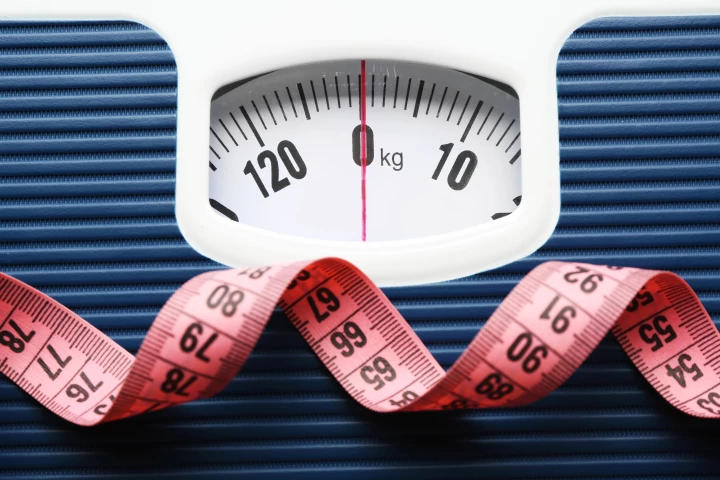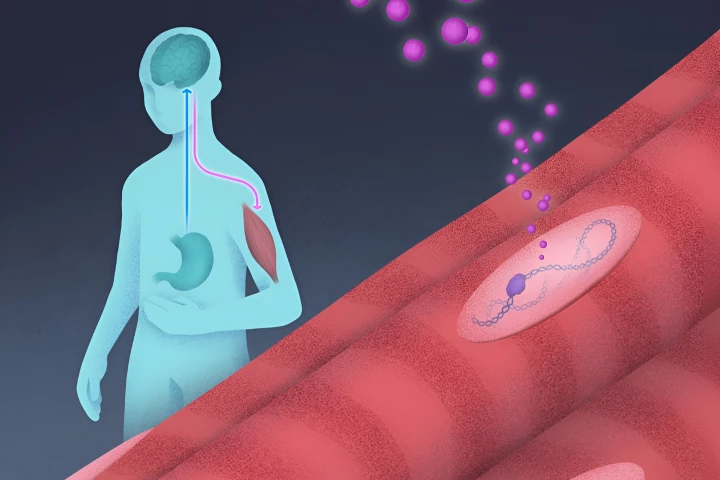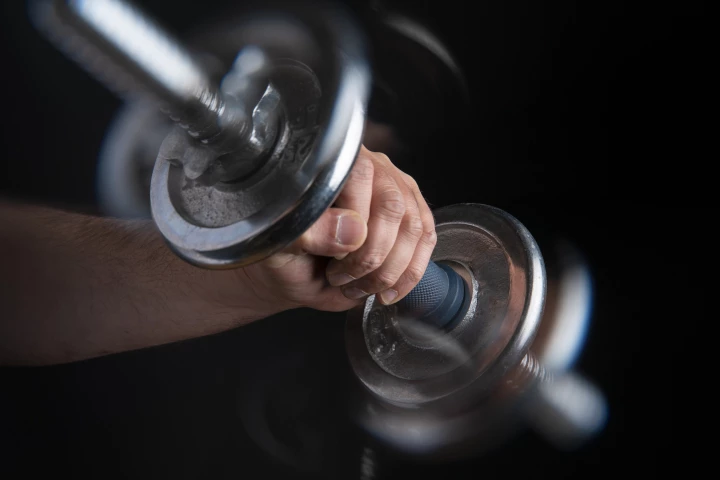Muscle
-
Water-based exercise not only improved muscle strength in people with chronic low back pain, but it also improved quality of life, according to a new study. Aquatic therapy could be a viable alternative for those who fear moving or exercising due to pain.
-
A sour, tangy cherry most commonly used in baking has a lot of new fans in 2025, celebrating its broad health benefits. We look into its purported ability to relieve pain, gout and gut inflammation, as well as lower blood pressure and promote sleep.
-
Following on from a remarkable study in mice, scientists have now confirmed that silencing a certain protein in muscle tissue leads to energy-deprived human cells seeking out fat for fuel, while blocking the body's ability to store extra fat cells.
-
From raw eggs at the crack of dawn to whey shakes after workouts – there's a whole lot of advice about the best way to optimize your muscle growth. Has new research settled the debate once and for all, or will it spark even more?
-
A new study has found that taking five grams of a creatine supplement daily, which is the upper limit of the recommended daily dose, while lifting weights doesn’t lead to more muscle gains. It's possible the supplement's effects have been overstated.
-
Spinal muscular atrophy is a debilitating genetic condition that’s usually fatal by a few years of age. But an intriguing case study might demonstrate a simple new treatment, with a child showing no signs at all two and a half years after birth.
-
If you're one of the 13% of US adults who has taken a GLP-1 drug for weight loss, you may know that while fat seemingly melts away, so too does muscle. And, so far, there's not a lot you can do about it. But one new discovery may change this.
-
Most people know that body fat stored around the midsection can spell disaster for cardiovascular health. But Harvard researchers have now discovered another problematic fat-storage location in the body that's been largely overlooked.
-
Using a run-of-the-mill, portable and non-invasive electrical muscle stimulator while doing resistance training can yield greater gains in muscle strength and muscle mass than doing resistance training alone, according to new research.
-
For the first time, engineers have digitally recreated the complex muscular architecture of the octopus arm and its unique movements involving around 200 muscles, which opens the door to developing soft robotics with unprecedented dexterity.
-
Good news for those who need to hit pause in getting fit: Even after a 10-week break from training, it took very little time to return to pre-hiatus levels. The study has revealed fascinating new insights into the power of mysterious muscle memory.
-
If you've ever woken up in the night with a painful thigh, calf or foot cramp, you'll know how disruptive this condition is – and it gets worse as we age. But there's good news out of the first human trial that used a type of vitamin K to combat it.
Load More











